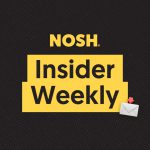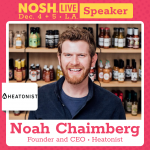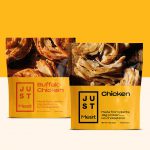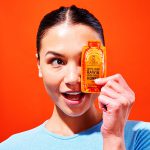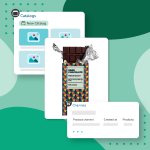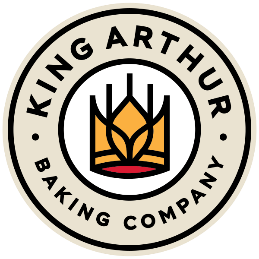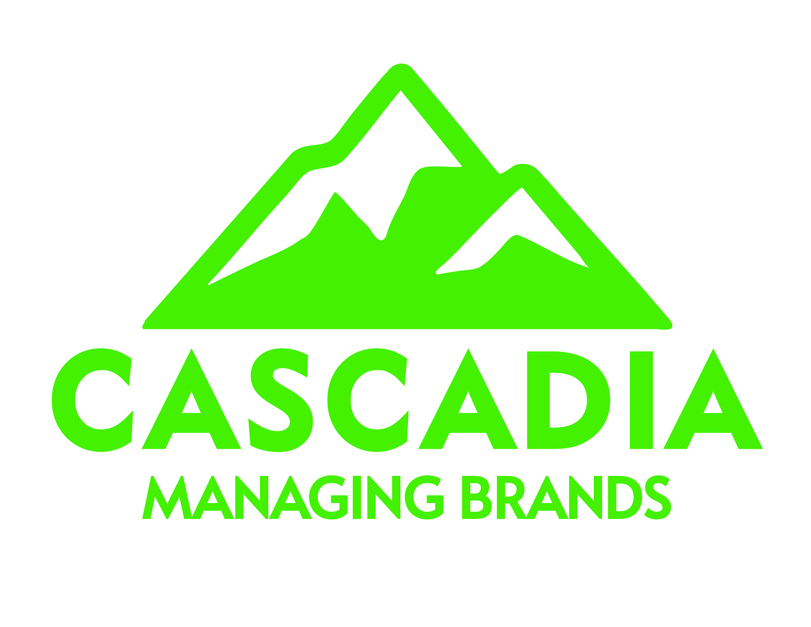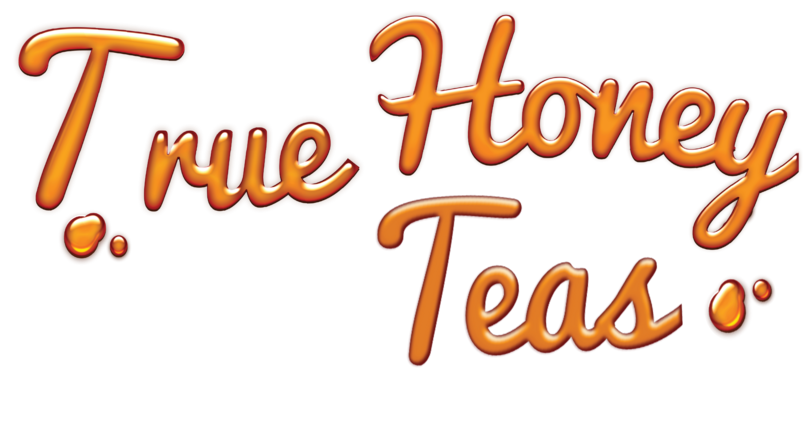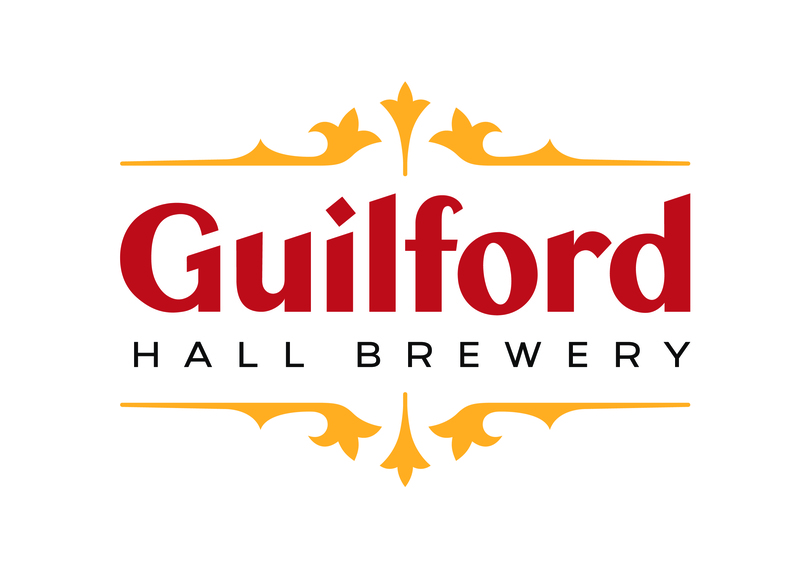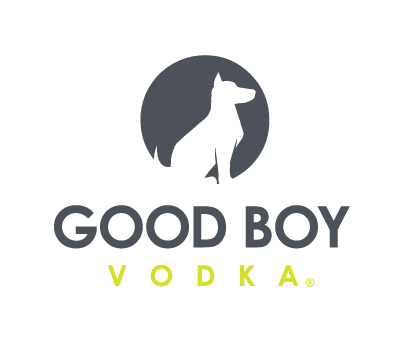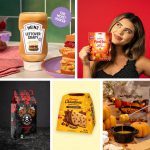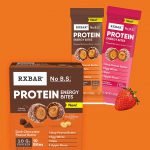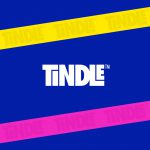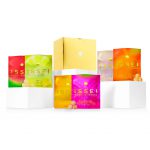Creator Collab: Feastables and PRIME Link Over Lunchly
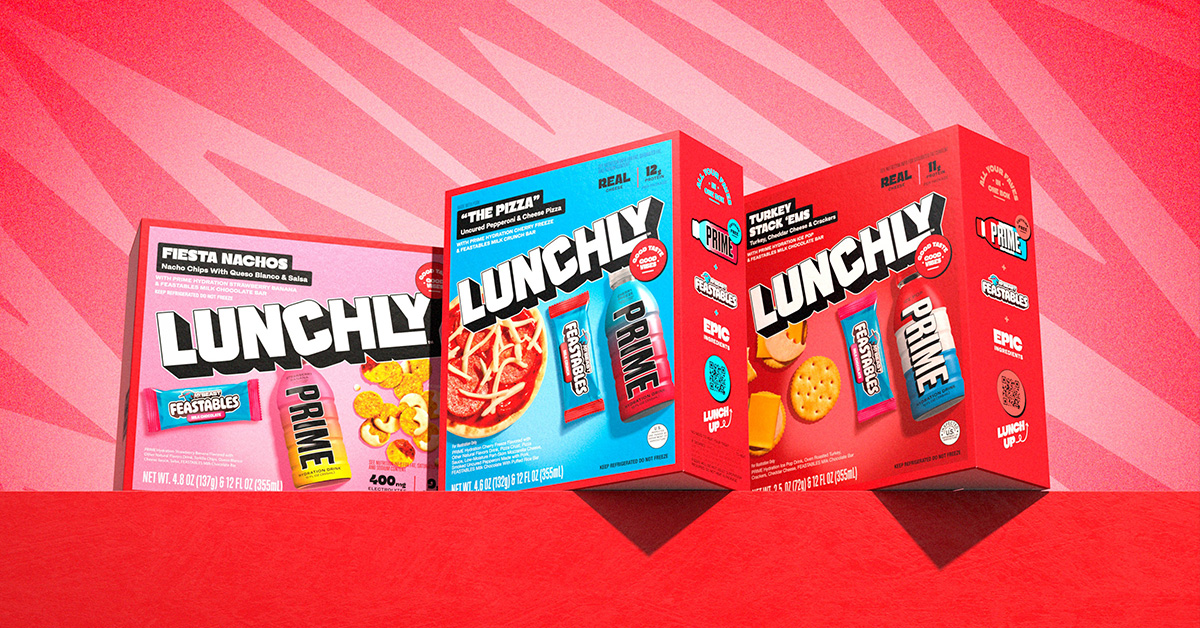
Online influencers and creators aren’t just making their own CPG brands – they’re doing it with each other.
PRIME, the beverage brand backed by Logan Paul and KSI, has joined forces with YouTube superstar MrBeasts’ chocolate company Feastables to introduce Lunchly, a kid-friendly meal kit positioned as a better-for-you competitor for Kraft Heinz’s Lunchables.
Lunchly will come in Fiesta Nachos, The Pizza, and Turkey Stack Em’s varieties with each box containing crackers and proteins (Turkey, Pepperoni and/or Cheeses), in addition to a miniature Feastables bar and a bottle of PRIME Hydration.
According to graphics shared by Paul on X, each box of Lunchly will contain between 230 and 360 calories (compared to 310 to 450 calories per Lunchables tray), 9 to 13 grams of protein (versus Lunchables 7 to 13 grams of protein) and between 7 to 13 grams of sugar (lower than the incumbent’s 20 to 22 grams per serving), depending on the variety. Paul also highlights that the bottle of PRIME adds 400 mg of electrolytes compared to 55 mg of electrolytes in Capri Sun, which is packaged with Lunchables.
“I don’t think we’ve seen a JV like this generation of brands for an entirely new company where two market leaders feature their respective products in the box,” said Amrit Richmond, founder of Indie CPG. “This move is different than more traditional partnerships… platforming through partnerships is one thing, creating a co-branded joint venture and jumping aisles together is a totally different game.”
A “Save Us” Moment For PRIME?
While both Feastables and PRIME have amassed substantial followings and industry support on their own, their respective rises haven’t been linear, nor without challenges.
Feastables launched in 2022 with a 3-SKU line of chocolate bars, but despite selling over 10 million bars after its initial launch, and garnering $10 million in sales, the brand soon was sent back into the shop; it reemerged at the start of 2024 with a “better-tasting” bar and an upgraded, uniform brand identity.
While PRIME has maintained its momentum following its 2022 launch, and recorded $250 million in sales in its first year, by March 2024 sales and volume growth began to plummet and have been sliding ever since. Per NielsenIQ data for the 4-weeks through Aug 24, PRIME volumes declined 28% even after prices were cut 13.2%. In addition to falling sales, the brand has been the target of a slew of litigation, ranging from complaints brought by the U.S. Olympic Committee to its caffeine contents, presence of PFAS in addition issues brought by its bottling partners.
“This [launch] makes sense to maximize awareness and take two top creator brands, but at the same time, it comes across as a play for relevance,” said Kendall Dickieson, founder at Flexible Creative and writer of No Filter . “Yes, in this world, you need to be innovating and I commend them for trying to take down Lunchables, but it seems like this could have been thought out more or that both brands have been on the down and needed an up given the chitter chatter around PRIME as of late. I think this is also a bad play for Feastables to team up with a brand that is literally having multiple lawsuits.
She added: “Just once again, seems like a ‘save us’ moment for PRIME.”
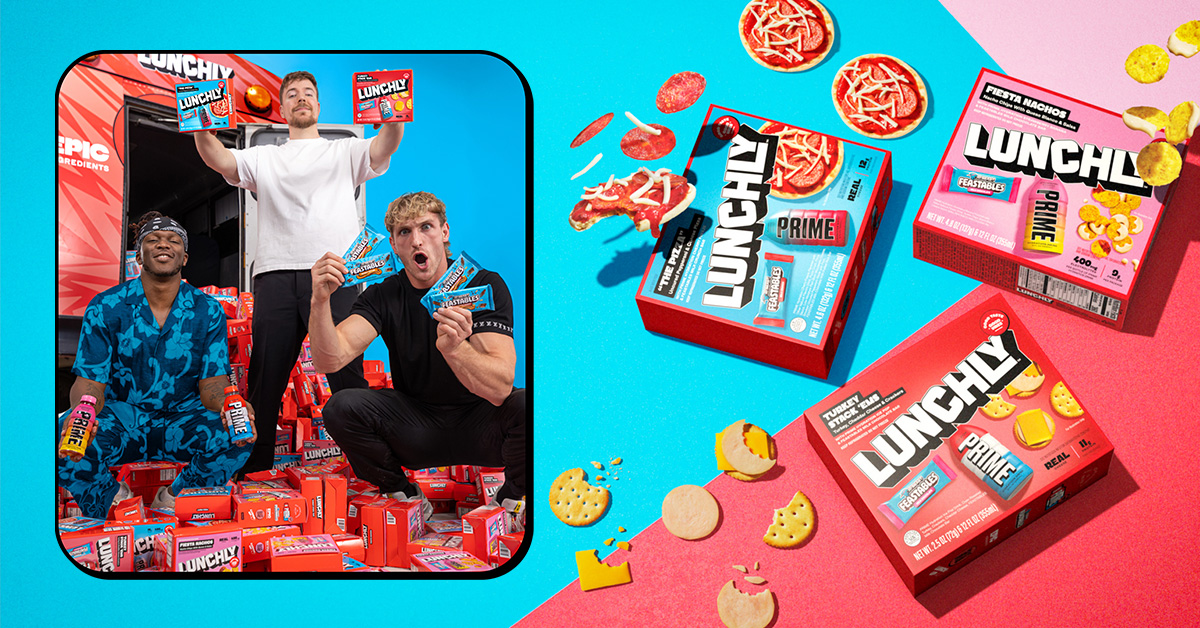
Dickieson noted that while the move could be a play for positive publicity, it also aligns with both companies’ shared approach of reimagining classic products, such as a Hershey’s chocolate bar or Gatorade, for a new generation. Both creator brands have strong online communities dialed into their mutual target audience: kids and teens.
“This move to a new product category is easier when you have the combined awareness and audiences of Feastables and PRIME, both of which are already sold internationally,” said Richmond. “These two brands always had an invisible string tying their stories together since they launched in 2022. Both are led by YouTube legends, popular with kids and teens who they engage like armies of fans when entering new retailers, hosting meet and greets, and marketing stunts only a short list of indie brands could pull off.”
Creating Against The Competition
While the Lunchly crew claims they are tapping into new territory with the idea for a better-for-you Lunchable alternative, they aren’t necessarily the first to do so.
Mighty Yum debuted in 2022 with a plant-based meal kit for kids and has since secured shelf space at Target, ShopRite, Gelson’s and more. Although the brand has been around since before PRIME and Feastables, Dickieson noted it has not invested in its own brand social media channels to build awareness.
Past Nosh Pitch slam winner Sunnie also currently sells a line of dipper-style snacks at Target and Sprouts, in addition to hundreds of independent grocers across the country. The brand takes a clean ingredient approach, similar to that of toddler and kids brand Little Spoon, which also introduced its own take on the format, dubbed Lunchers, in September 2023.
Nostalgic, kid-positioned meal kits are growing beyond the lunchroom and capturing snack occasions as well. In the past year snacks including Kokada’s coconut spread Dunks, Funky Mellows Marshmallow creme Dippsterz and Parmela’s Creamery vegan Snackables have all hit the market.
While the content creators backing Lunchly have already harnessed their respective fan bases within the CPG sphere once before, it could take a certain level of finesse to get the main purchasers, likely an older Millennial and Gen X demographic, to add Lunchly to their weekly shopping lists.
“You have all these students just starting school so they can be that cool kid who has the newest and latest innovation and feel special at their lunch table,” Dickieson said. “So, timing wise, it does line up, but similarly do I agree that is this the healthiest thing? No, but I could see a one-time conversion for them to show off to their friends or here and there as a treat for a kid… let’s be honest, we all had that thing growing up where we begged our parents or snuck it into the cart.”

